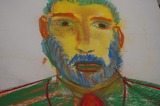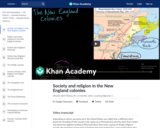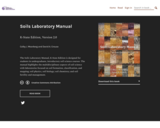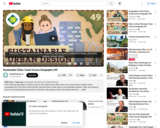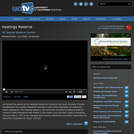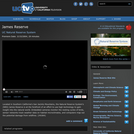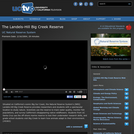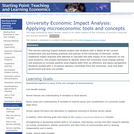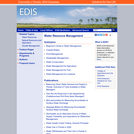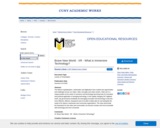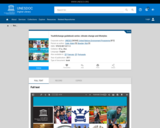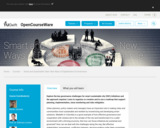
Explore the key governance challenges for smart sustainable city (SSC) initiatives and the approach required. Learn to organize co-creation and to use a roadmap that support planning, implementation, close monitoring and risks mitigation.
Urban planners, policy makers and managers have an important role in making cities and communities more sustainable and resilient by incentivizing and developing smart solutions. Medellín in Colombia is a good example of how effective governance and cooperation with citizens led to the remake of the city and transformed it to a safer environment with a thriving economy. But how can those initiatives be sustained and governed? How can we deal with the challenges along the way, like effective stakeholders’ engagement, conflicting interests, decision-making under deep uncertainty, interdependent problems, spatial justice, and the transformation towards a digital society? To sum it up: building smart sustainable cities initiatives requires a strong governance capacity and new approaches!
This course will:
- provide the principles for incentivising, planning, developing and managing sustainable smart city initiatives
- present an overview of the drivers and barriers for SSC development
- present sustainability challenges and tools for SSC development
- show practical recommendations to strengthen SSC governance capacity
- introduce a smart city governance roadmap
- explain the conditions for effective stakeholder engagement and ways to organize co-creation pathways
- clarify the regulatory and legal framework for SSC including privacy and cybersecurity issues
- describe the conditions to implement digital innovation that benefit citizens including data governance
- show the importance of close monitoring and assessing SSC projects including data reliability and algorithms
- equip you with knowledge and learnings from case studies from various projects that were carried out in Latin America, next to familiarizing you with common challenges that arise in the process. These cases range from urban transportation to participatory budgeting, safety and waste management applications, but always making the connection with the governance and sustainability aspects.
The course will be moderated in English, Spanish and Portuguese.
This MOOC is a spin-off of the EU-funded Cap4City project.
This course has been developed, and will be delivered by experts in the field of Smart Sustainable Cities from twelve different universities in Latin America and Europe. You will find more information on the instructors while you navigate the course.
- Subject:
- Applied Science
- Business and Communication
- Engineering
- Management
- Social Science
- Sociology
- Material Type:
- Full Course
- Provider:
- Delft University of Technology
- Provider Set:
- TU Delft OpenCourseWare
- Author:
- Gabriela Viale Pereira
- Marijn Janssen
- Prof. Dr. Edimara Luciano
- Date Added:
- 06/23/2023
